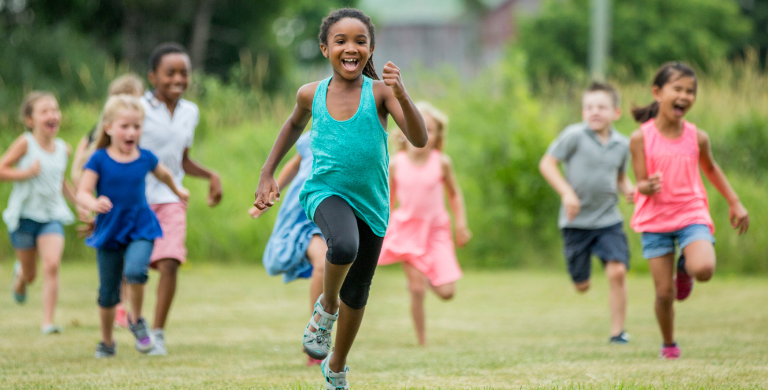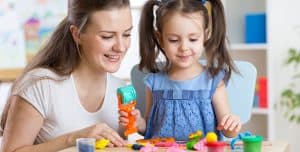In today’s digital age, getting kids physically active can be challenging. However, ensuring children engage in regular physical activity is crucial for their overall health and development. From boosting their physical fitness to enhancing their mental well-being, the benefits of physical activity for children are manifold. But how much exercise do kids really need? Let’s dive into the guidelines and learn how to keep our young ones moving and healthy.
Physical activity guidelines for children:
Ages 3-5 Years: Young children should be active throughout the day. Engaging in a variety of activities helps them develop motor skills, coordination, and overall fitness. Preschool-aged children should have ample opportunities for active play, aiming for at least 3 hours of physical activity spread throughout the day.
Ages 6-17 Years: For school-aged children and adolescents, the guidelines are more specific. They should aim for at least 60 minutes of moderate-to-vigorous physical activity each day. This hour of activity can be broken down into three main types:
- Aerobic activity: Most of the 60 minutes should be dedicated to aerobic activities, such as running, swimming, or cycling. These activities increase heart rate and breathing, improving cardiovascular health.
- Muscle-strengthening activities: At least 3 days a week, children should engage in activities that strengthen muscles, like climbing, push-ups, or gymnastics.
- Bone-strengthening activities: Activities that promote bone health, such as jumping rope or running, should also be included at least 3 days a week.
Benefits of regular physical activity for children.
- Physical health: Regular physical activity helps children build strong bones and muscles, maintain a healthy weight, and reduce the risk of developing chronic conditions such as obesity, diabetes, and heart disease. It also enhances flexibility and coordination.
- Mental health: Exercise is a powerful tool for mental well-being. It can reduce symptoms of anxiety and depression, boost mood, and improve self-esteem. Active children often experience better sleep and higher energy levels.
- Cognitive development: Physical activity has been linked to improved concentration, memory, and academic performance. Engaging in regular exercise can enhance cognitive skills and support better learning outcomes.
- Social skills: Participating in group activities and sports can help children develop important social skills, such as teamwork, communication, and leadership. It also provides opportunities to make friends and build relationships.
Tips to encourage physical activity in children:
- Make it fun: Choose activities that children enjoy and make exercise a fun part of their daily routine. Games, sports, and outdoor adventures can keep them excited about being active.
- Be a role model: Children are more likely to be active if they see their parents and caregivers participating in physical activities. Set a positive example by leading an active lifestyle.
- Limit screen time: Reducing the time spent on sedentary activities like watching TV or playing video games can encourage kids to be more active. Set limits on screen time and promote physical activities instead.
- Create a routine: Establish a regular schedule for physical activity, making it a consistent part of the day. Whether it’s a morning jog, an afternoon bike ride, or an evening dance session, having a routine helps build healthy habits.
- Provide opportunities: Ensure children can access safe places to play and be active. Parks, playgrounds, sports facilities, and even backyard spaces can be great for physical activities.
Ensuring children get the right amount of physical activity is essential for their growth, health, and happiness. By following the guidelines and incorporating fun, engaging activities into their daily lives, we can help our kids develop a love for movement that will benefit them for years. Remember, the journey to a healthier lifestyle starts with small, active steps, and the rewards will last a lifetime. So, let’s get moving and make physical activity a joyful and integral part of our children’s lives!











